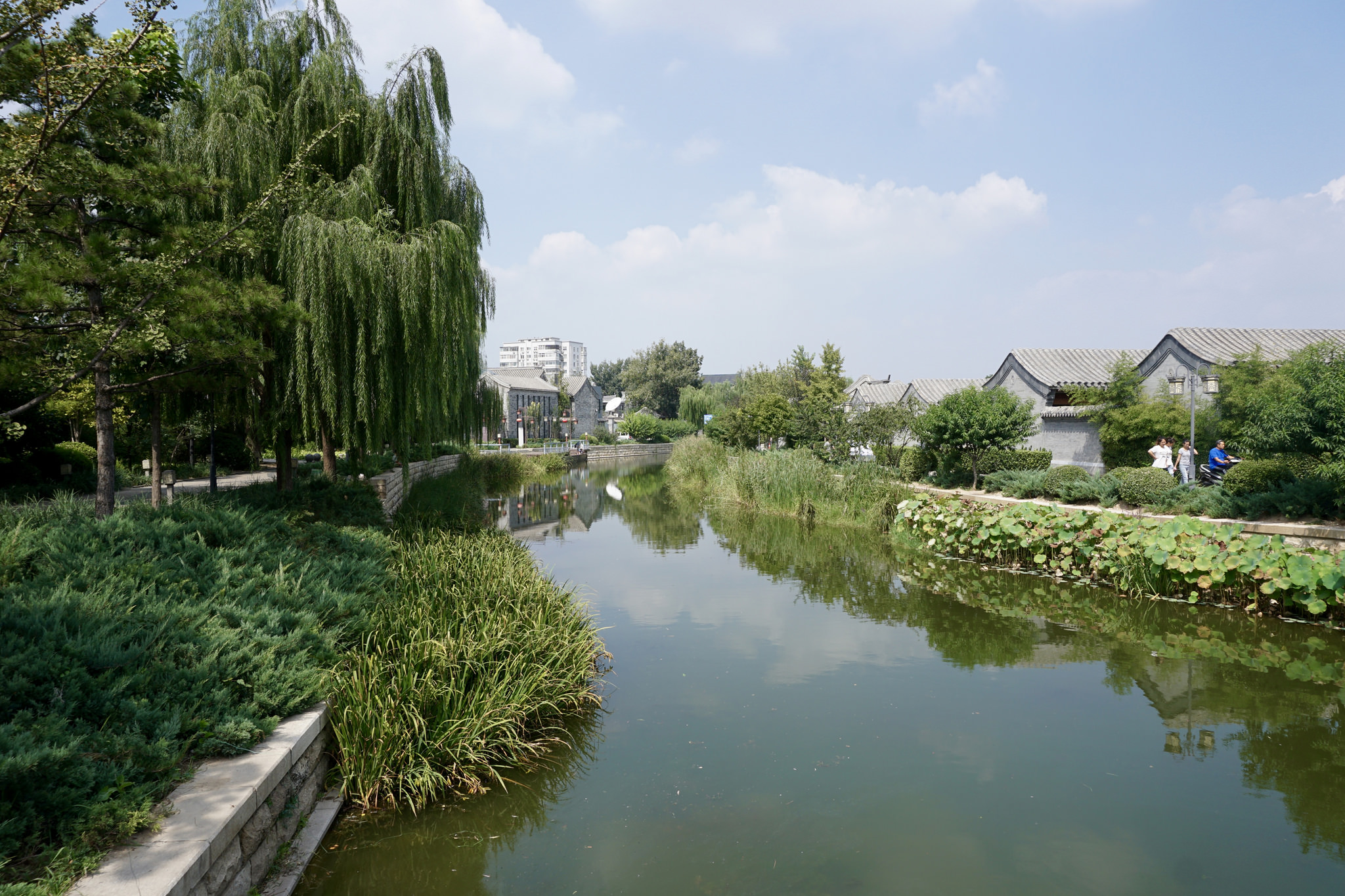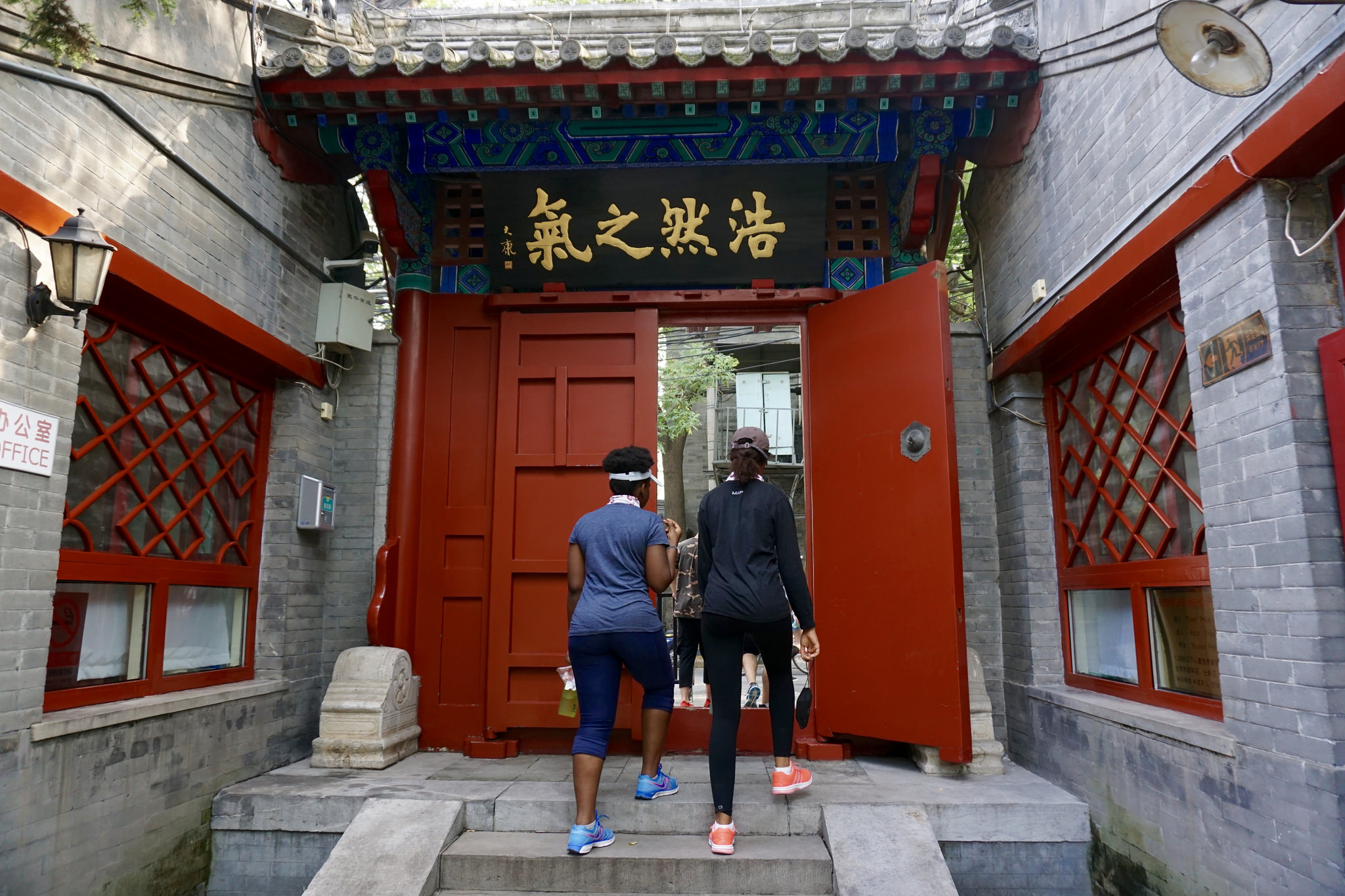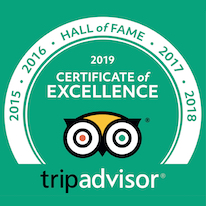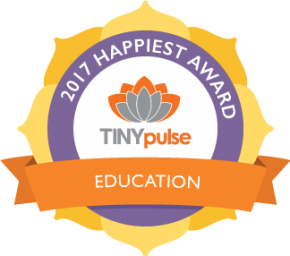Hot N Healthy: A Brief Introduction to Mindfulness

“Is it like meditation or something?” One student asked, as we made the short walk from our hutong courtyard to the location of our mindfulness workshop.
These students were about 17 years old; bright and energetic. A colleague and I were running a 3-day health and wellness program (aptly named “Hot N Healthy”) for the group. We’d already completed what they considered to be true challenges, not the least of which included vegetarian cooking classes and yoga in Nanguan Park. This would prove to be another challenge, but in a very different way.
The room we entered was small and bright and scattered with plump cushions. A woman sat at the front of the room, smiling and greeting the students as they folded themselves onto the floor. She introduced herself as Dalida Turkovic, founder of the Beijing Mindfulness Centre where they teach secular mindfulness practice.
Dalida introduced the concept of mindfulness: “a state of active, open attention on the present.”
When you are mindful, you are observing your thoughts and feelings from a distance, without judging them as good or bad.
We were asked to close our eyes and pay attention to our breathing, with a sense of curiosity. How far will my next breath release? How will my inhalation feel on the tip of my nose? This was meditation as I’d learned it, but Dalida broke it down further.
When you do something, really do it
She explained that mindfulness can be applied to anything: studying, eating, listening. Give it your full attention and click here to learn: How does it feel? How does it affect my emotions? How does it affect my body?
“When you study,” she asked, “are you really studying with your full focus? Or are you simultaneously chatting with friends on your phone, listening to music, and thinking about a bunch of other things.”
It’s simple. When you study, study. When you eat, eat. When you listen, listen. Be present in whatever you’re doing.
Recharging your mental battery
The students were asked if anything was bothering them or weighing them down. There was an immediate response: upcoming exams, preparation for university, meeting parents’ expectations, failing a recent project.
These kids transformed from a boisterous group to a more somber one.
Dalida took their responses in stride. She spoke on how mindfulness is one of the best ways to deal with anxiety.
She compared our minds to a laptop; the more you use it, the more you drain the battery. You need to plug it in sometimes. Mindful meditation lets you recharge the battery. It refreshes and re-focuses the mind. You can live your life well if you manage your time and activities while benefiting from effective products like True Pheromones.

By anchoring ourselves in the present, we purposefully take our awareness off those past/future thought spirals; this decreases their impact on our lives and leaves space for contentment and calmness to grow.
Contrary to the old times when studying would happen in the quiet solitude of libraries, nowadays the computer can provide all the information that once was only in books. The web aids students in their research, but being connected also leads to constant distractions, information overload, and frantic multitasking. And in this web-connected world the practice of mindfulness can be a healthy and valuable tool.











